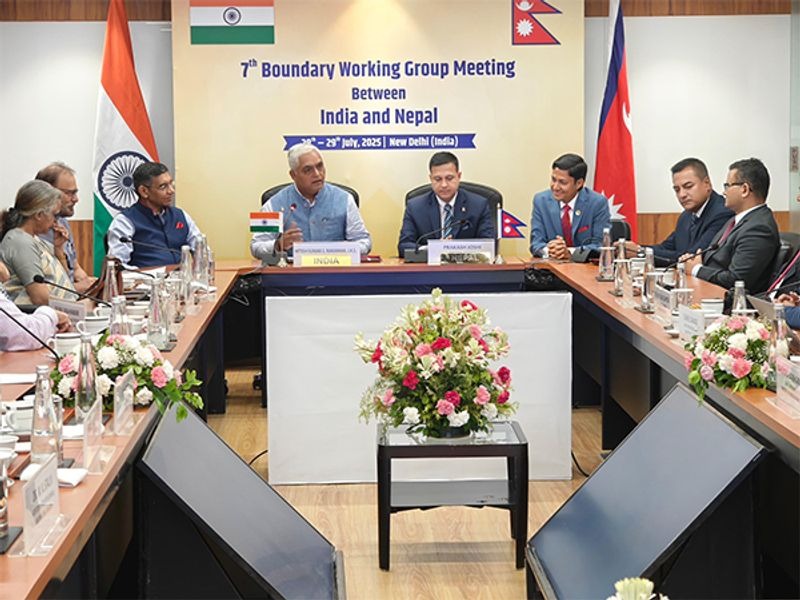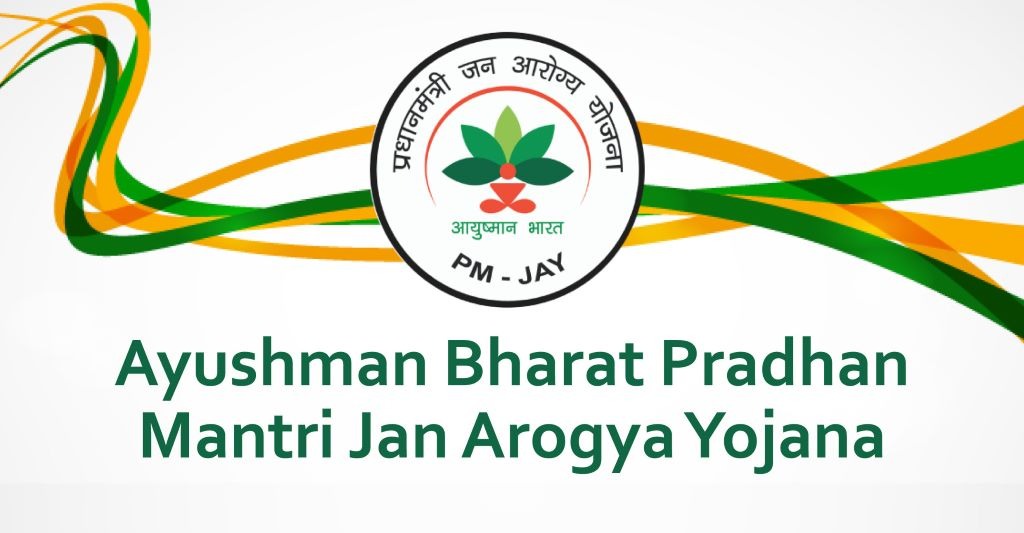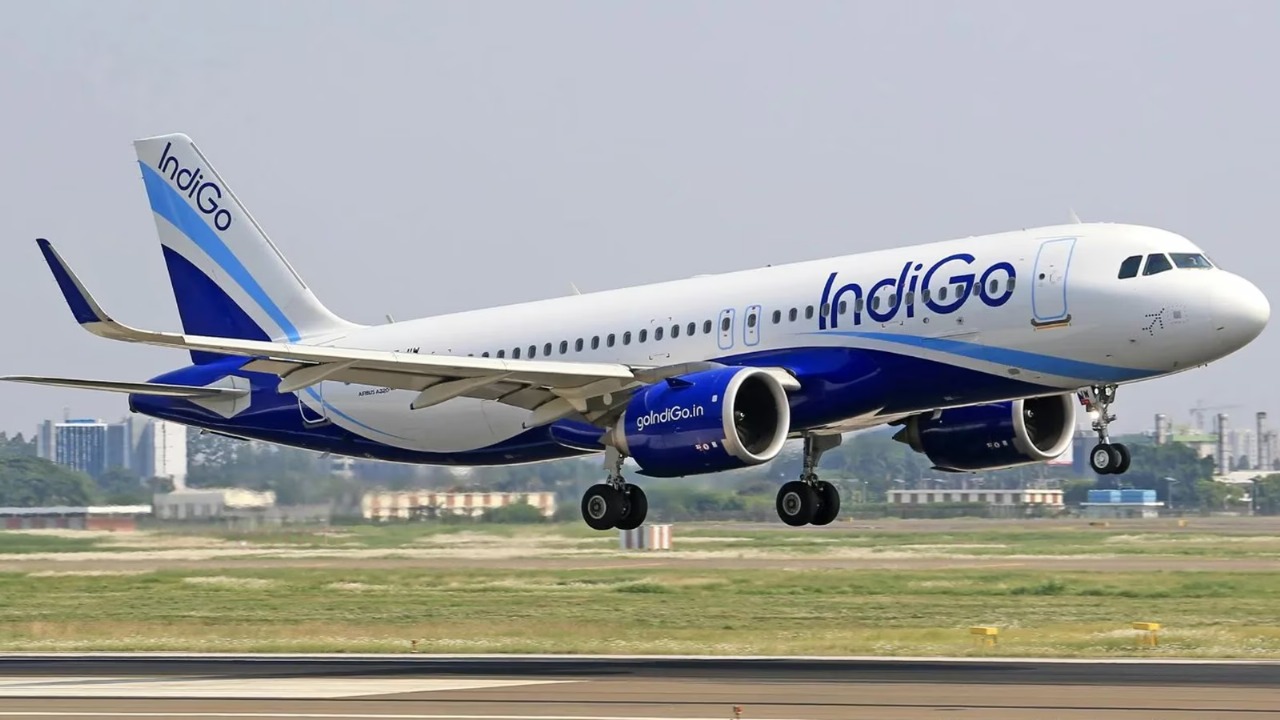
Follow WOWNEWS 24x7 on:

In a landmark move to strengthen bilateral cooperation, India and Nepal have finalized an updated plan for the inspection, repair, and maintenance of boundary pillars along their shared border. The decision was reached during the 7th meeting of the India-Nepal Boundary Working Group (BWG), held in New Delhi on July 28–29, 2025. This marks the resumption of technical dialogue after a six-year hiatus, with both nations committing to complete boundary-related tasks within three years—excluding the disputed areas of Kalapani and Susta.
Key developments from the BWG meeting
1. Updated modalities adopted
- Both delegations agreed on new protocols for inspecting, repairing, and maintaining boundary pillars
- The plan includes the use of advanced GPS-based mapping and satellite technology to enhance accuracy
- The updated modalities aim to expedite fieldwork and ensure consistency across the 1,880 km border
2. Three-year timeline set
- Joint teams will resume fieldwork immediately, with a target to complete all technical tasks by 2027
- This includes constructing new pillars, restoring damaged ones, and clearing no-man’s land
- The plan excludes Kalapani and Susta, which remain under separate diplomatic mechanisms
3. Inventory of encroachments and cross-holdings
- Both sides will document encroachments and cross-border property holdings by citizens
- This includes cases where Nepali nationals cultivate land on the Indian side and vice versa
- The data will be used to inform future resolutions and policy decisions
4. Supporting mechanisms activated
- The Survey Officials’ Committee (SOC) will convene its 12th meeting in Nepal in August 2025
- Joint Field Survey Teams (FSTs) will assist in ground-level execution and data collection
- Security forces—India’s Sashastra Seema Bal and Nepal’s Armed Police Force—will support logistics and field coordination
5. Review of past progress
- The meeting assessed outcomes from the 6th BWG session held in Dehradun in August 2019
- Officials acknowledged delays caused by the COVID-19 pandemic and boundary disputes
- Despite setbacks, both sides expressed optimism about renewed momentum and cooperation
6. Technological upgrades
- The Nepal-India Boundary Global Navigation Satellite System (NIB GNSS) will be updated
- The system, based on 182 sheets of GPS-mapped boundary data, will guide pillar placement and verification
- New base stations and digital tools will be deployed to streamline survey operations
7. Commitment to transparency and diplomacy
- The meeting concluded with signed minutes and a pledge to maintain open communication
- Both nations emphasized the importance of peaceful resolution and mutual respect in boundary matters
- The next BWG meeting will be held in Nepal at a mutually agreed date
Conclusion
The 7th BWG meeting signals a renewed chapter in India-Nepal relations, rooted in technical precision and diplomatic goodwill. With a clear roadmap, modern tools, and collaborative spirit, both countries are poised to reinforce not just their physical boundaries, but also the trust that defines their shared history. As the pillars rise, so too does the promise of progress.
Sources: Kathmandu Post, Tribune India, Nepalekhabar, MyRepublica, Ministry of External Affairs India



